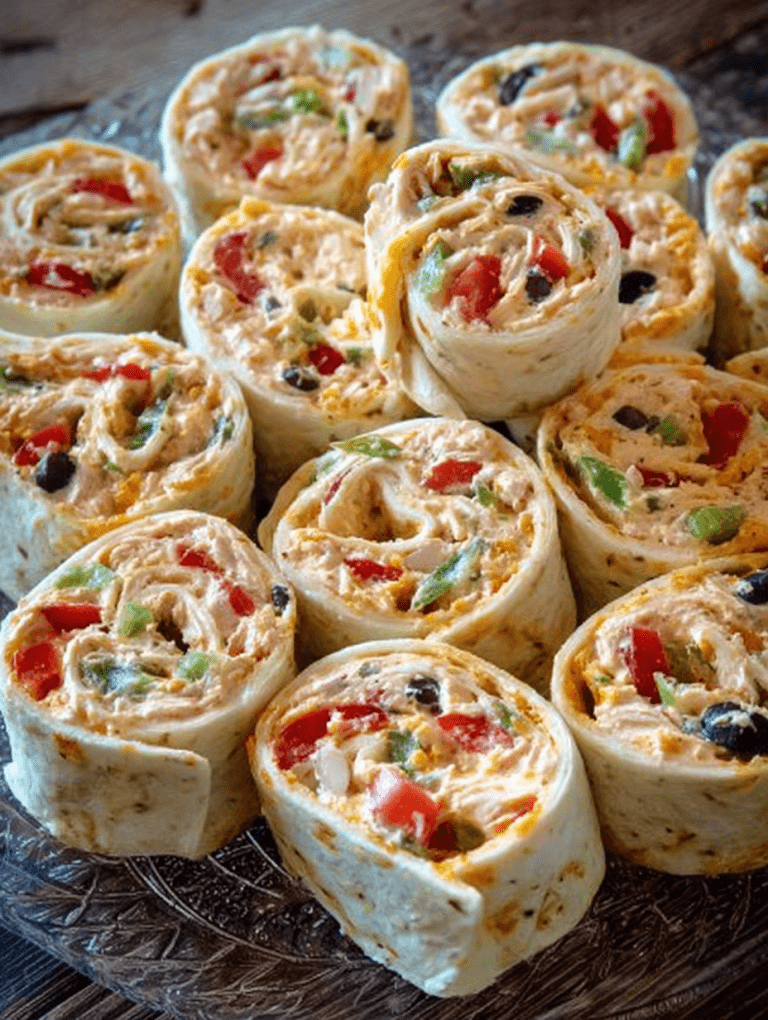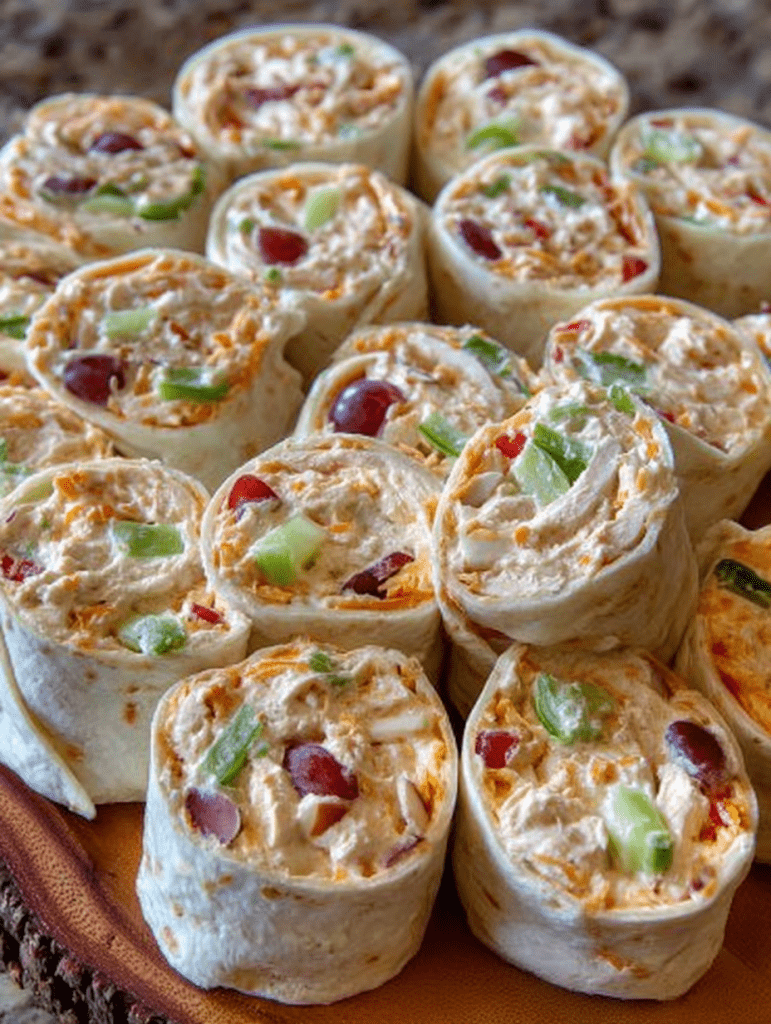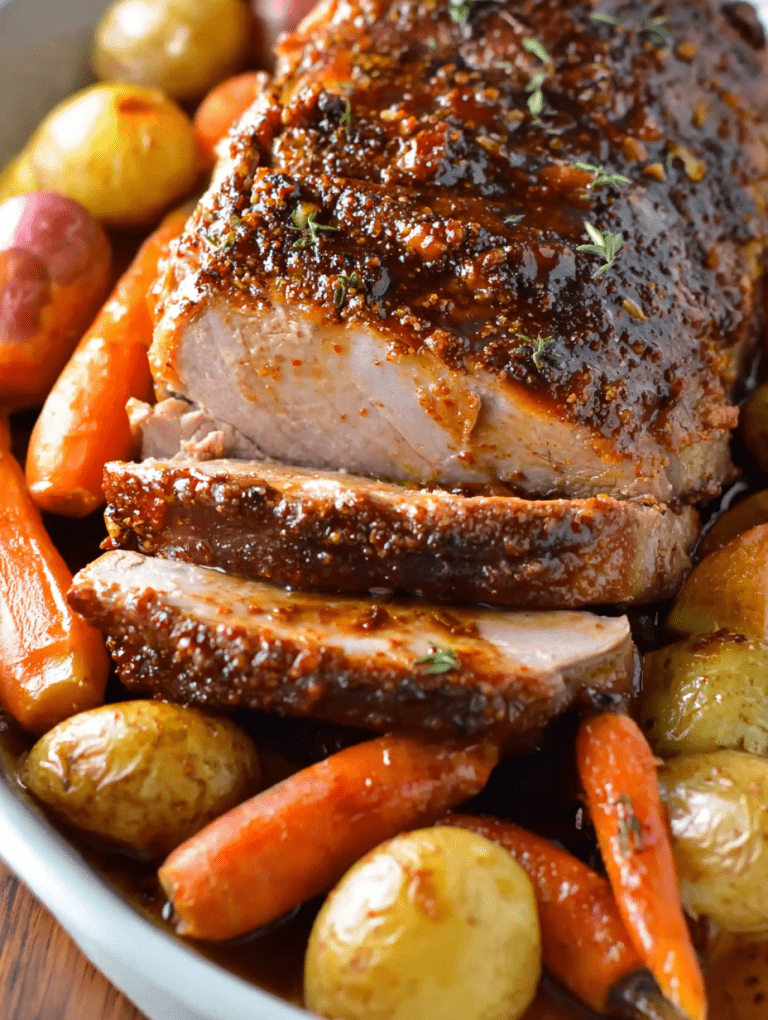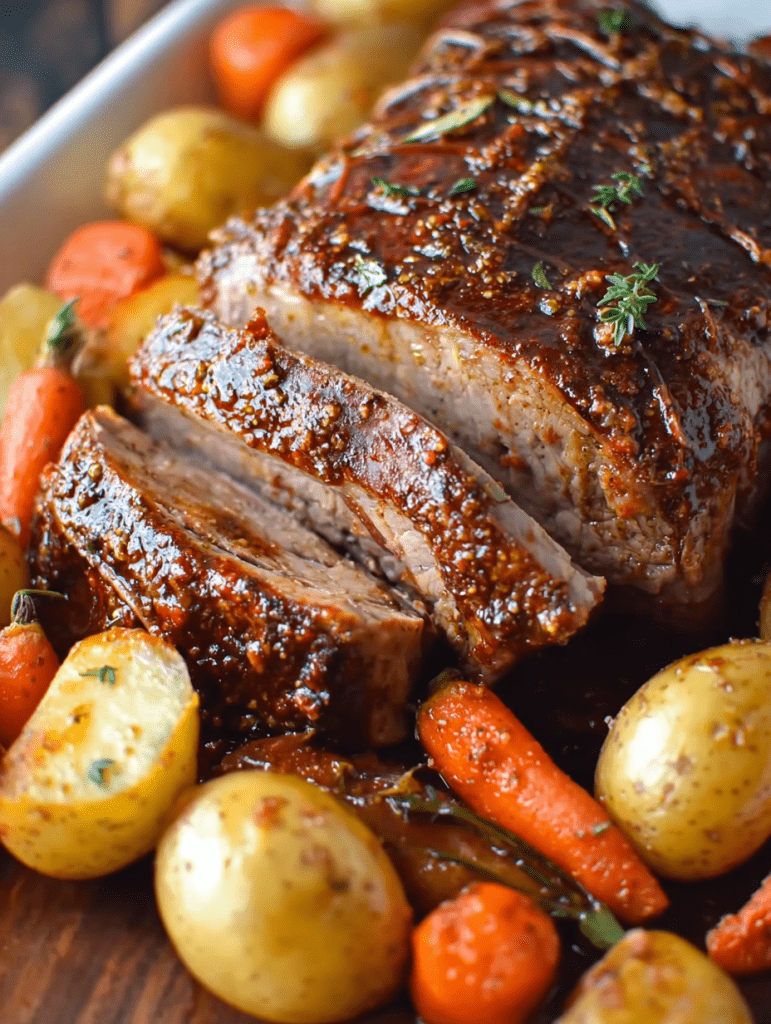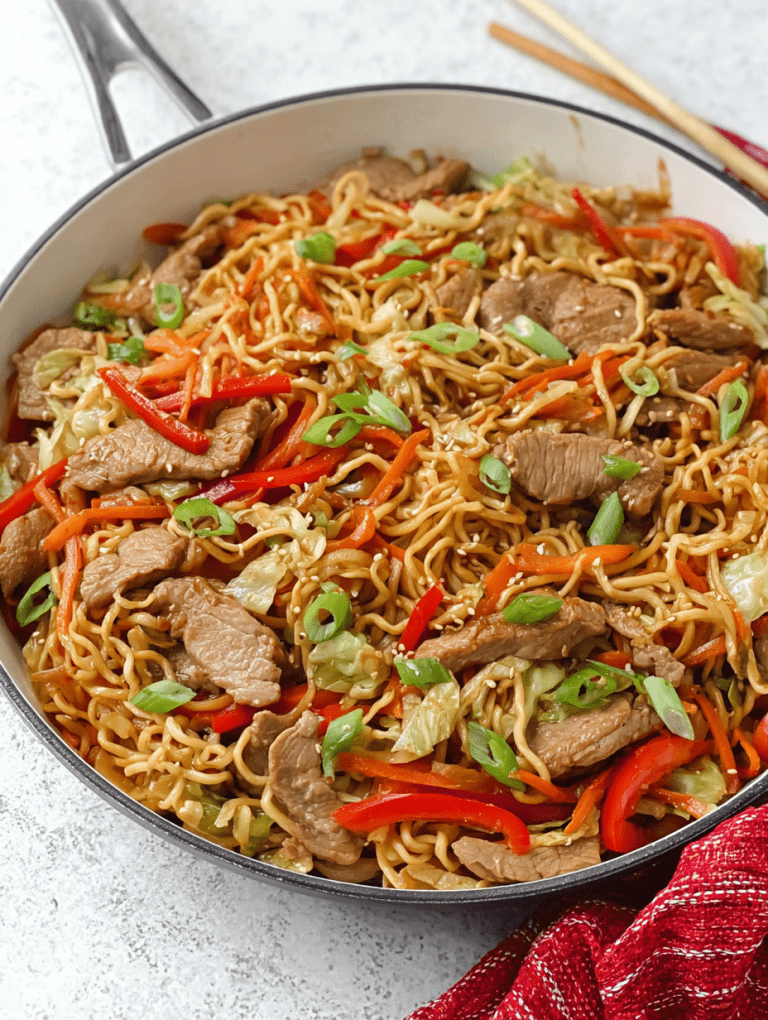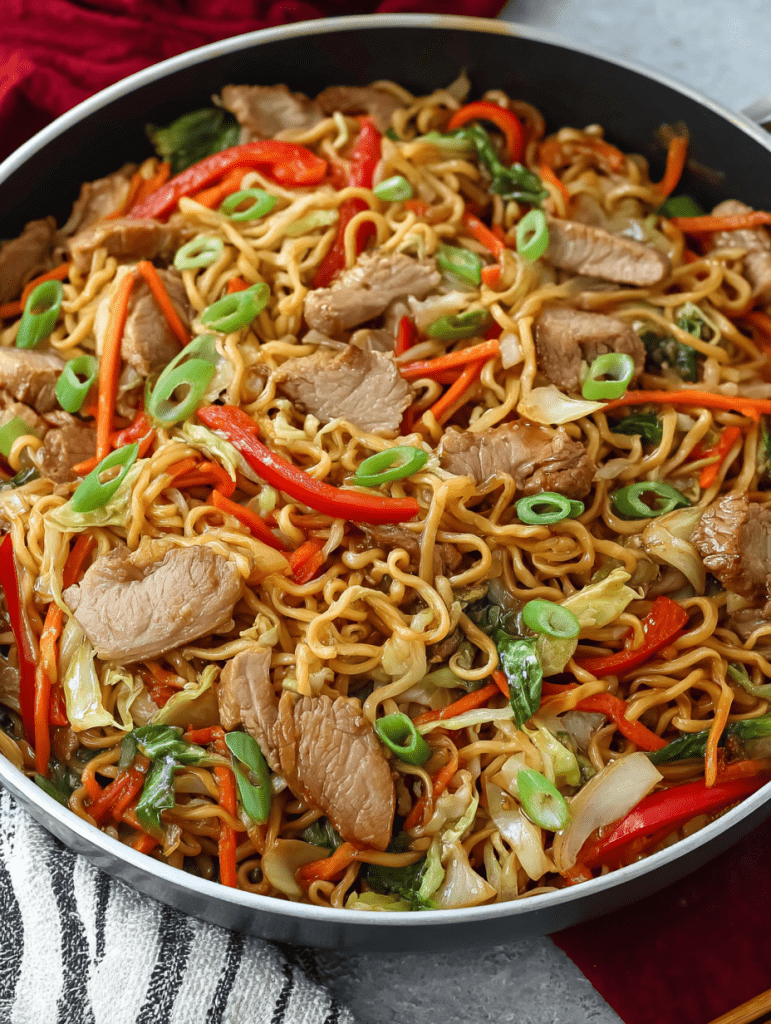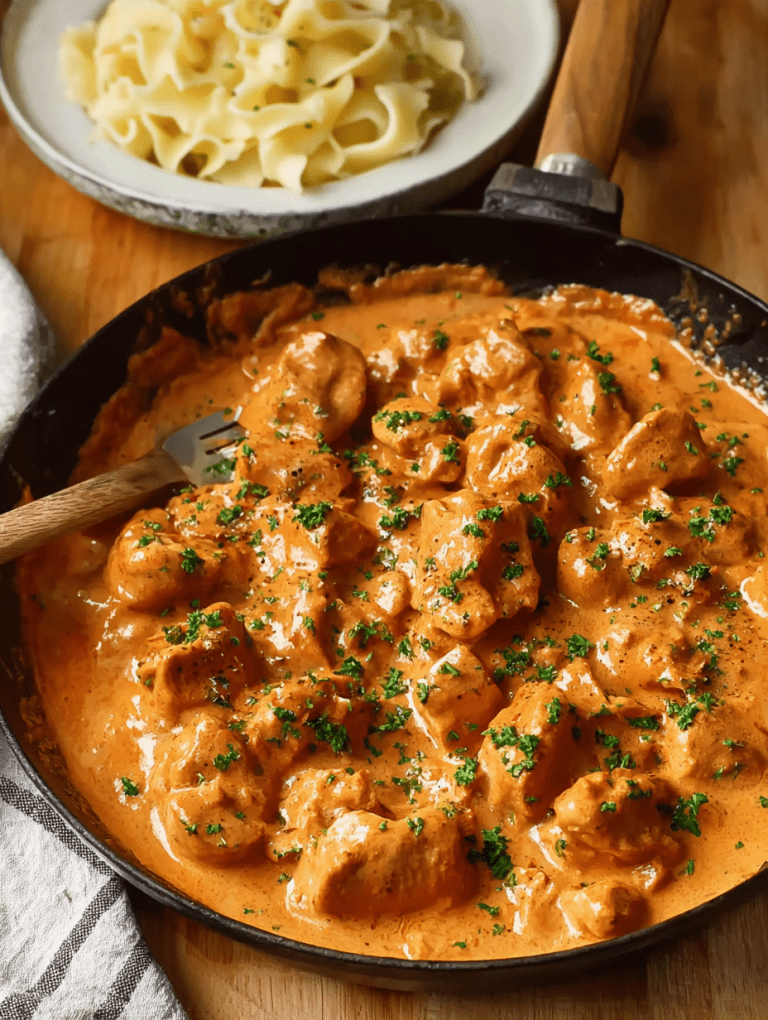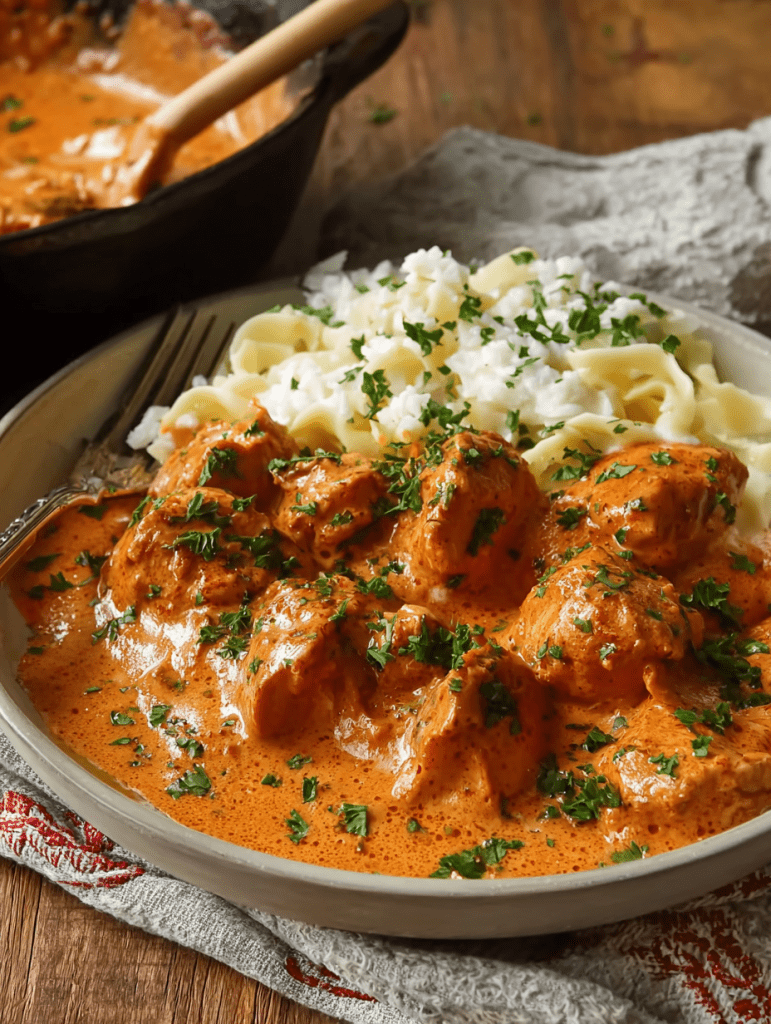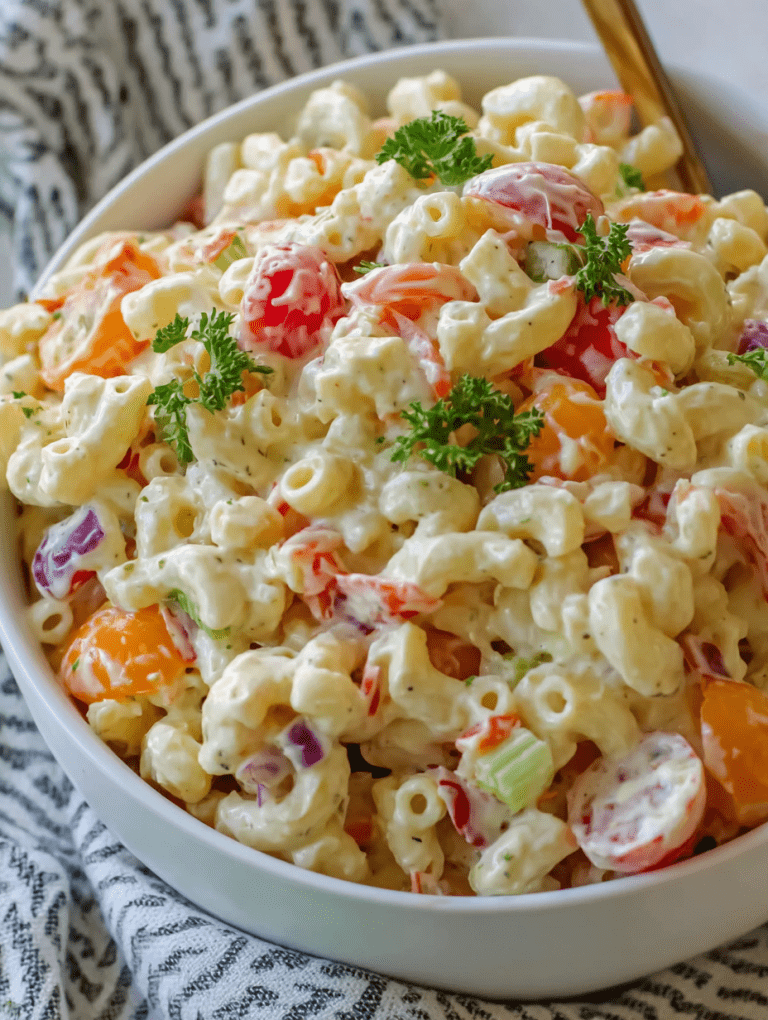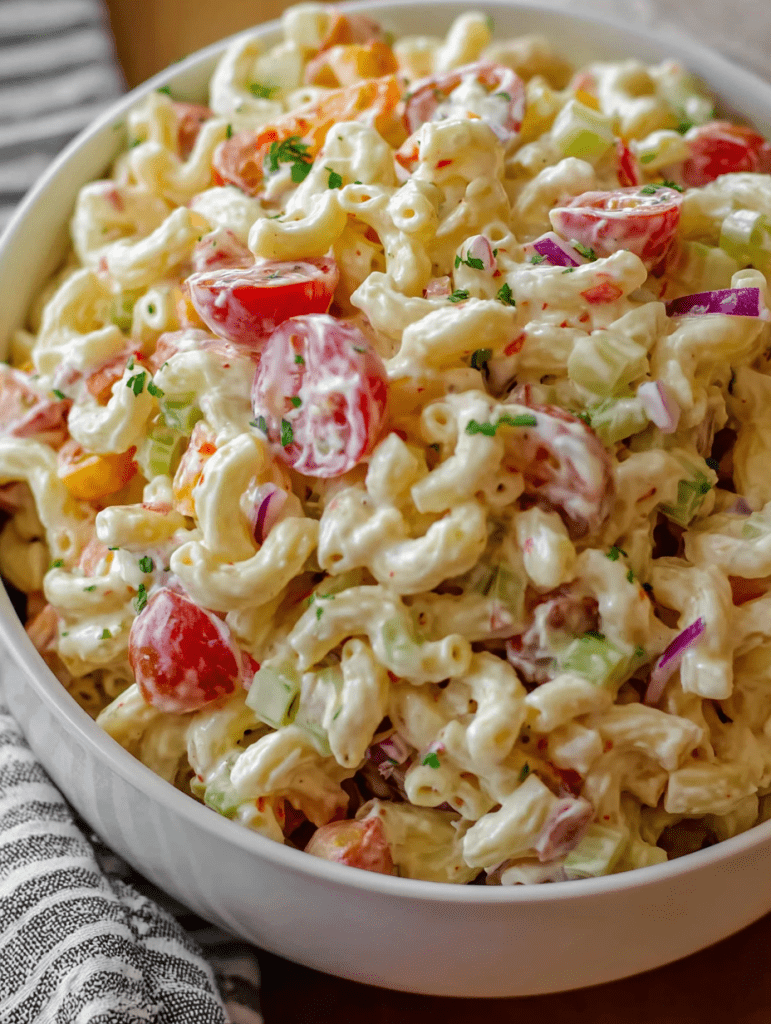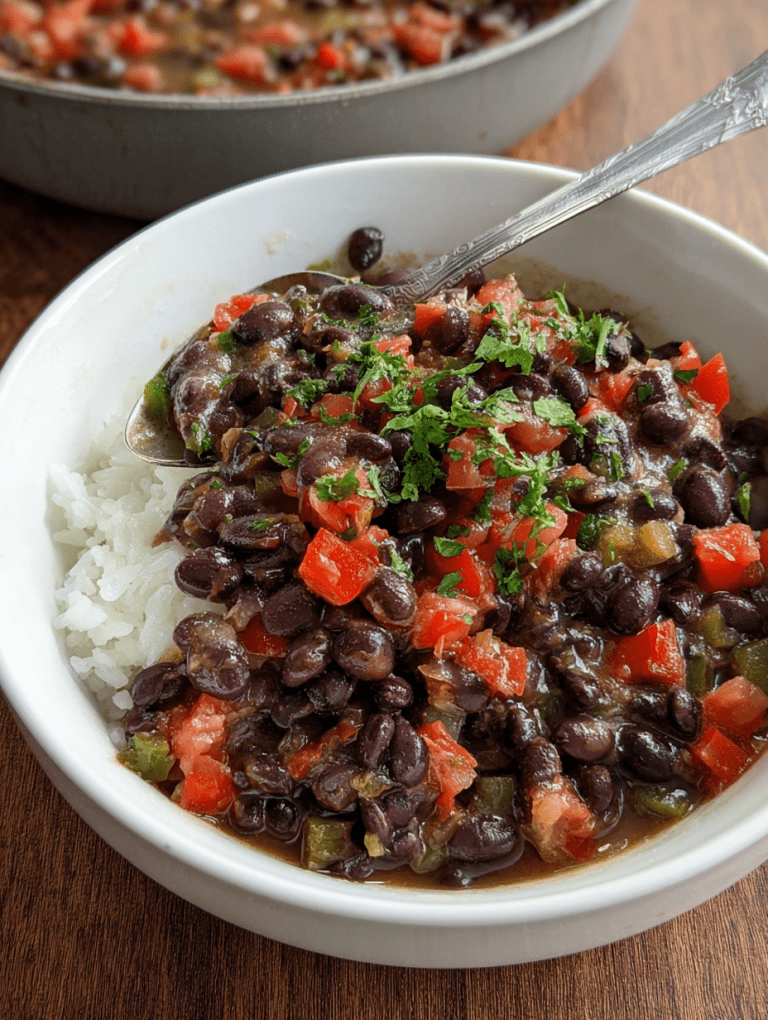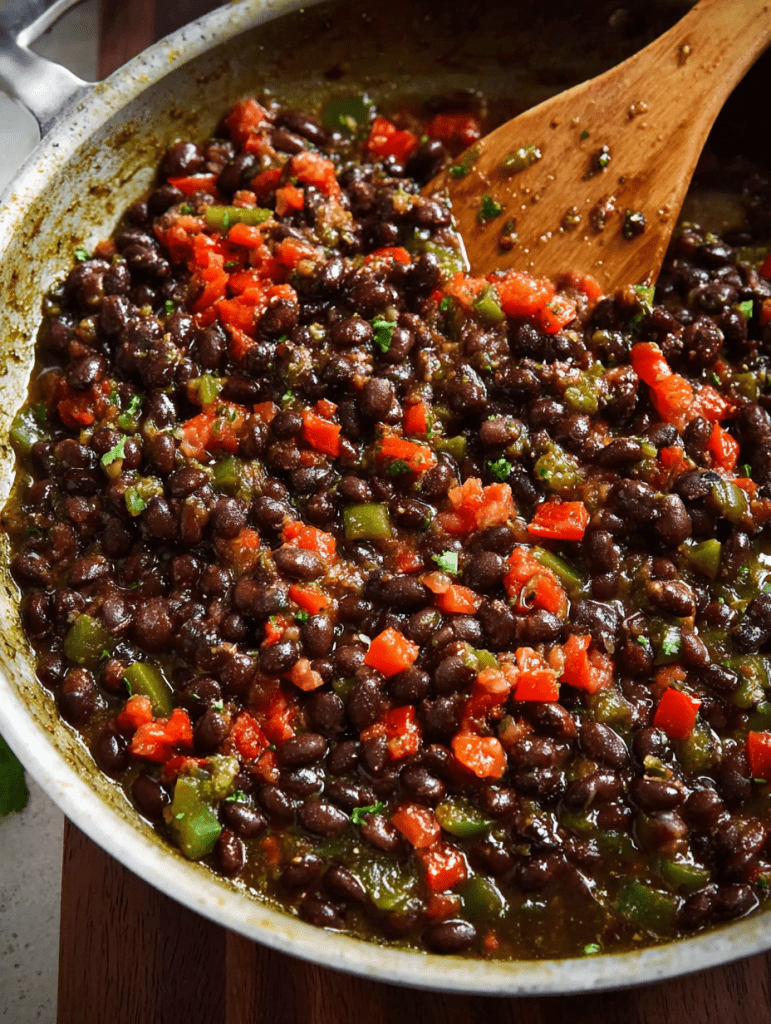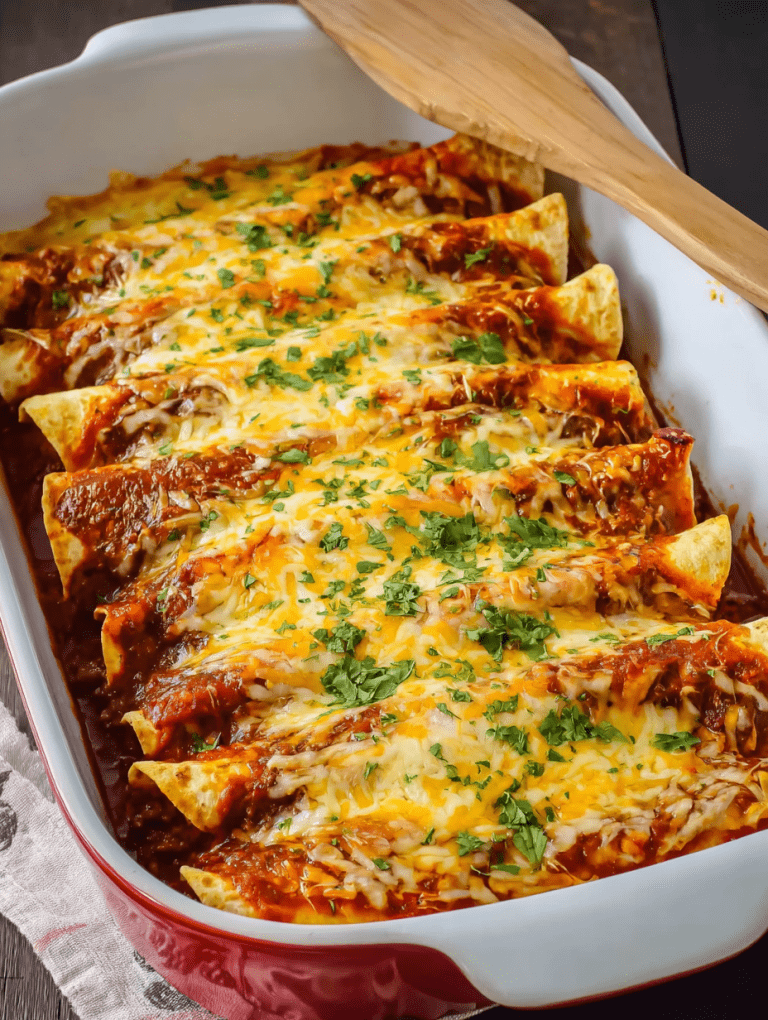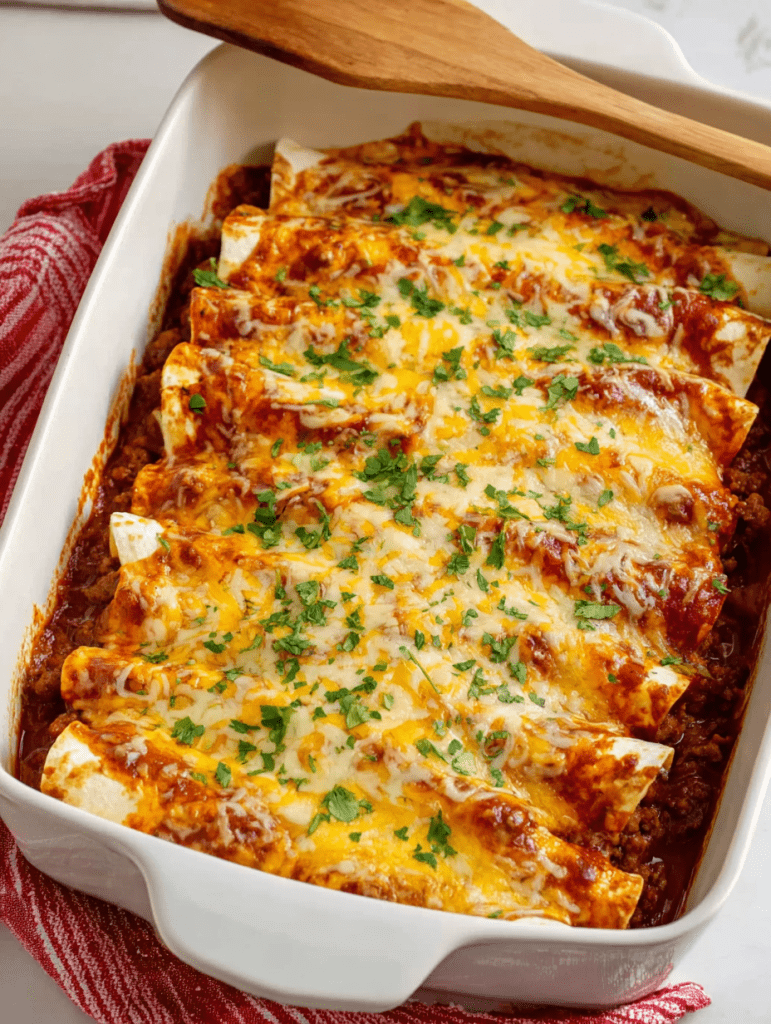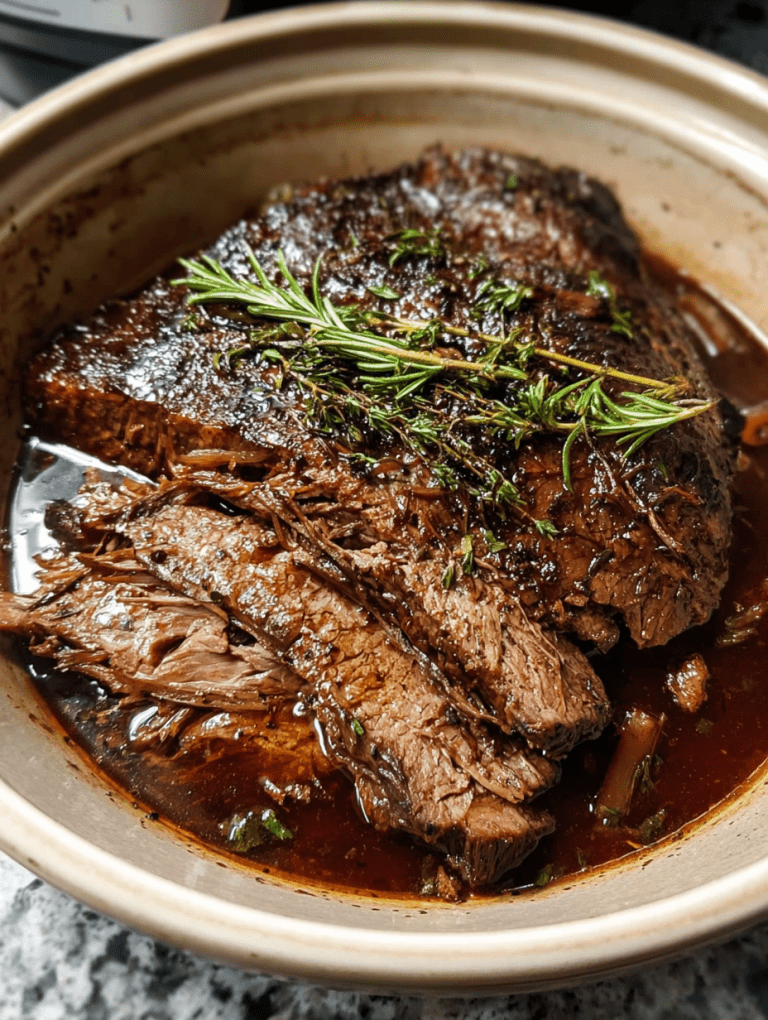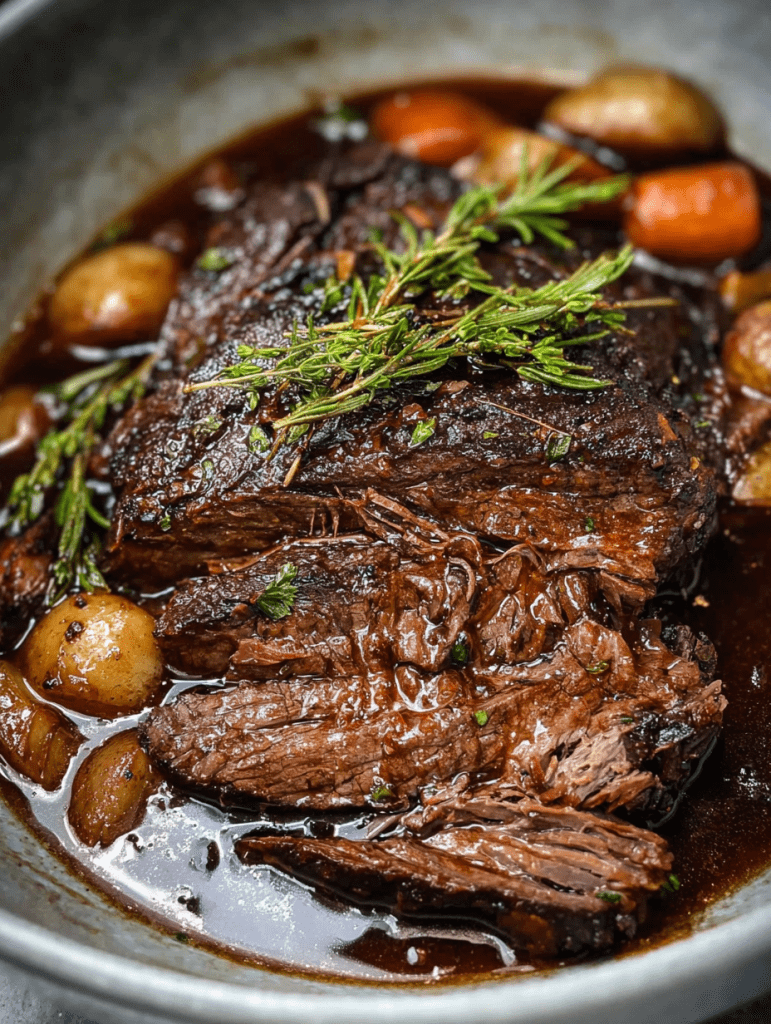Sometimes you just need a cookie recipe that’s fast, foolproof, and absolutely delicious — and that’s where these Lazy Cake Cookies shine. With only four simple ingredients, you can go from craving to indulging in less than 30 minutes. The beauty of this recipe is that it uses a boxed cake mix, so there’s no measuring flour, sugar, or leaveners. Just add eggs, a little oil, and your favorite mix-ins, and you’ve got a tray of warm, soft cookies ready in no time. The texture is slightly crisp on the edges with a chewy center, making them perfect for dunking in milk or enjoying as-is.
They’re also endlessly customizable, which makes them a great go-to for holidays, bake sales, or last-minute gatherings. Swap the chocolate chips for white chocolate and cranberries in winter, or try pastel sprinkles for springtime. You can even split the dough into batches and make a few different flavors at once. This is the kind of recipe you’ll want to keep in your back pocket — because once you see how easy and versatile it is, you’ll find yourself baking them again and again.
Why You’ll Love This Recipe:
• Just four simple ingredients and no mixer required
• Ready in under 30 minutes from start to finish
• Perfectly soft, chewy texture with endless flavor variations

Ingredients:
• 1 box (15.25 oz / 432 g) yellow or white cake mix
• 2 large eggs
• ⅓ cup (80 ml) vegetable oil
• 1 cup (170 g) semi-sweet chocolate chips (or mix-ins of choice)
Instructions:
Preheat the oven
Set oven to 350°F (175°C). Line a baking sheet with parchment paper or lightly grease it.
Mix the dough
In a large bowl, combine the cake mix, eggs, and oil. Stir until no dry pockets remain.
Add mix-ins
Fold in the chocolate chips or any extras like white chocolate chunks, nuts, or sprinkles.
Shape cookies
Scoop tablespoon-sized portions of dough and place them 2 inches apart on the prepared baking sheet.
Bake
Cook for 10–12 minutes, or until edges are set and centers look slightly soft.
Cool
Let rest on the baking sheet for 2–3 minutes before transferring to a wire rack to cool completely.
Tips:
• For bakery-style cookies, use a cookie scoop to keep them uniform in size.
• Don’t overbake — they should look slightly underdone in the center when you pull them out; they’ll finish setting as they cool.
• Swap in different cake mix flavors for variety — chocolate, red velvet, or lemon are all great options.
• Add a pinch of cinnamon or espresso powder to the batter for a flavor boost.
Storage and Reheating:
Store cooled cookies in an airtight container at room temperature for up to 5 days. For longer storage, freeze for up to 2 months, separating layers with parchment paper. To reheat, microwave a cookie for 8–10 seconds for that fresh-from-the-oven warmth.




